When it comes to managing our mental health, there are a variety of tools and techniques available. Two popular approaches are Cognitive Behavioural Therapy (CBT) and Stoicism. While these two methods may seem similar at first glance, they actually have some key differences.
What’s the difference between CBT and Stoicism?
In order to differentiate between the two approaches, we first need to define each one.
CBT is a form of therapy that focuses on identifying and changing negative thought patterns and behaviours that may be contributing to mental health issues.
Stoicism, on the other hand, is a philosophy that emphasises living in accordance with nature and accepting the things that are outside of our control.
One key difference between CBT and Stoicism is their origins. CBT is a relatively new approach, developed in the 1960s by psychologists Aaron Beck and Albert Ellis.
Stoicism, on the other hand, dates back to ancient Greece and Rome, with famous practitioners including the likes of Epictetus and Marcus Aurelius.
An interesting point to note is that the founders of CBT described Stoicism as providing the “philosophical origins” of their approach and many parallels can be found between Stoicism and CBT, in terms of both theory and practise. – “The Philosophy of Cognitive-Behavioural Therapy (CBT)“
Despite their close links, CBT and Stoicism differ in their areas of focus.
CBT primarily targets negative thoughts and behaviours to alleviate specific mental health issues like anxiety or depression.
In contrast, Stoicism aims to cultivate a general sense of inner peace and resilience in the face of life’s challenges.
But here’s the thing – CBT and Stoicism aren’t mutually exclusive. They actually share some similarities. Both approaches emphasise the importance of examining our thoughts and beliefs, questioning their helpfulness, and avoiding harm. They also encourage us to direct our attention towards what we can control, rather than fixating on things outside of our control.
However, practical application reveals some notable distinctions between CBT and Stoicism. CBT employs specific techniques and exercises such as identifying cognitive distortions and replacing negative thoughts with positive ones. On the other hand, Stoicism may involve practices like journalling, meditating, or simply reflecting on our experiences to cultivate inner calm and gain perspective.
In summary, while CBT and Stoicism have differing focal points, they do share common ground. Both approaches can guide us in examining our thoughts and beliefs, and both underscore the importance of focusing on what we can control. Nevertheless, CBT relies on specific techniques, while Stoicism promotes broader practices to foster inner peace and resilience.
CBT or Stoicism: Which approach is best for my mental health?

Now, let’s address the question of which approach is better – CBT or Stoicism. Well, the answer isn’t a straightforward one because it really depends on the individual and their specific needs.
CBT shines when it comes to addressing particular mental health issues, offering effective strategies for tackling problems head-on.
Whereas, Stoicism may be more beneficial for those seeking to foster a general sense of well-being and resilience in their lives.
It’s important to note that choosing between CBT and Stoicism is not a binary decision. Many individuals discover that combining the two approaches, along with additional techniques like mindfulness and exercise, yields remarkable results in managing their mental health.
In conclusion
Based on my personal experience, I have discovered the benefits of combining CBT and Stoicism. Equipping myself with knowledge from both practices has provided me with the necessary tools to assess and determine the best approach based on the specific situation I encounter. This flexibility has been invaluable in guiding my way forward.
Ultimately, the key is to find what works best for you. Whether you decide to embrace CBT, Stoicism, or even a blend of both, the crucial factor lies in being open to new approaches and being willing to put in the effort required to cultivate greater well-being and resilience.
In practice, harnessing the power of both Stoicism and CBT can prove to be an incredibly effective way of managing and enhancing your mental health. By leveraging the insights and techniques from each approach, you can develop a well-rounded toolkit for navigating life’s challenges and nurturing your overall well-being.


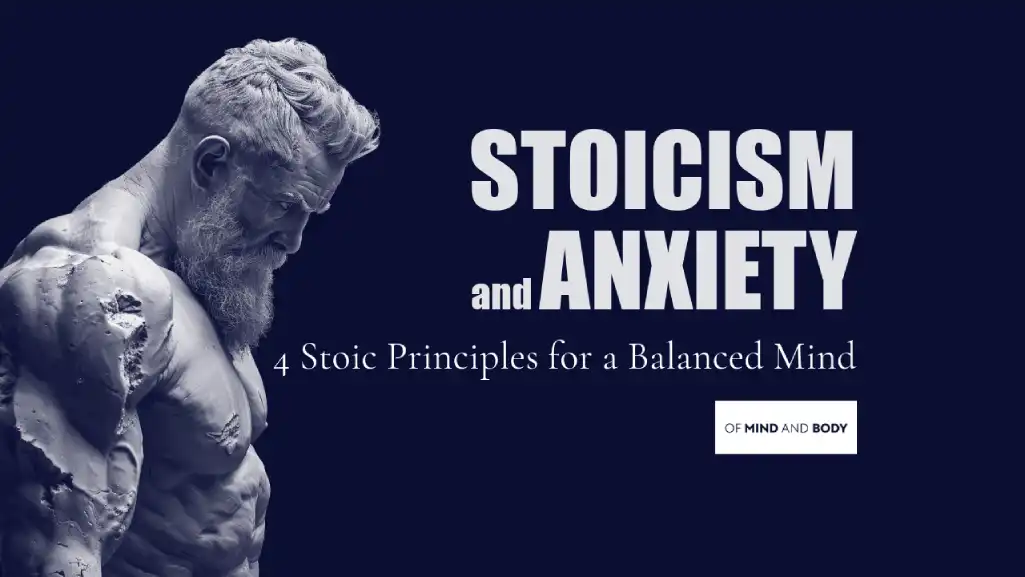
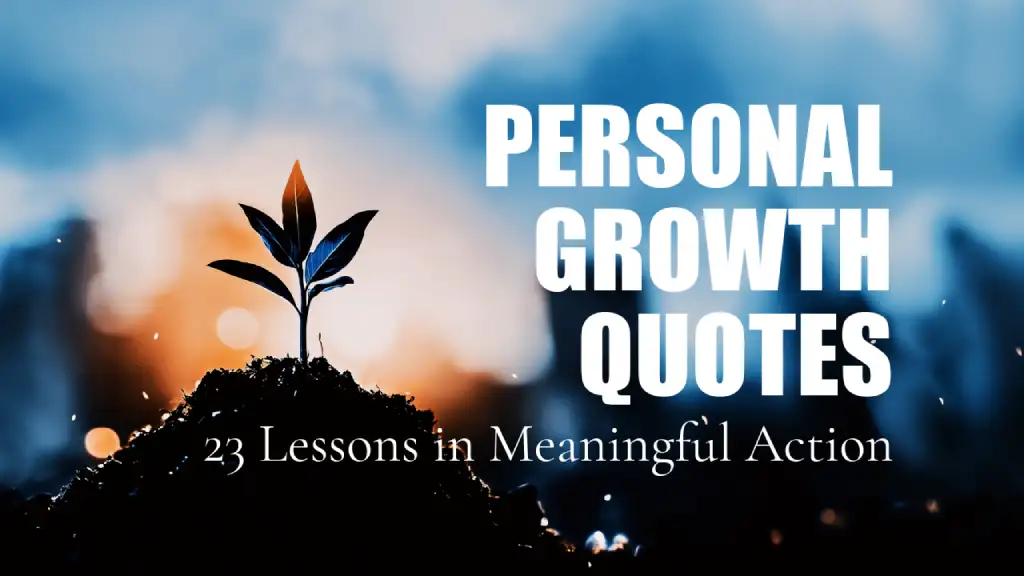



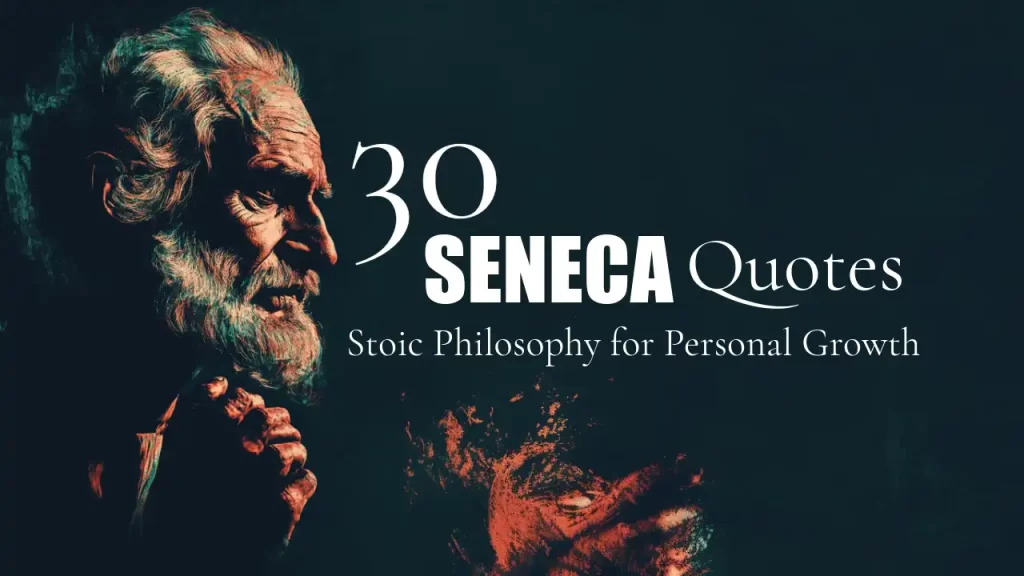

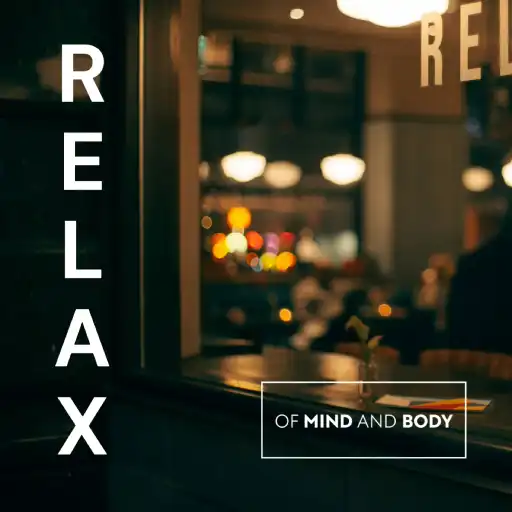
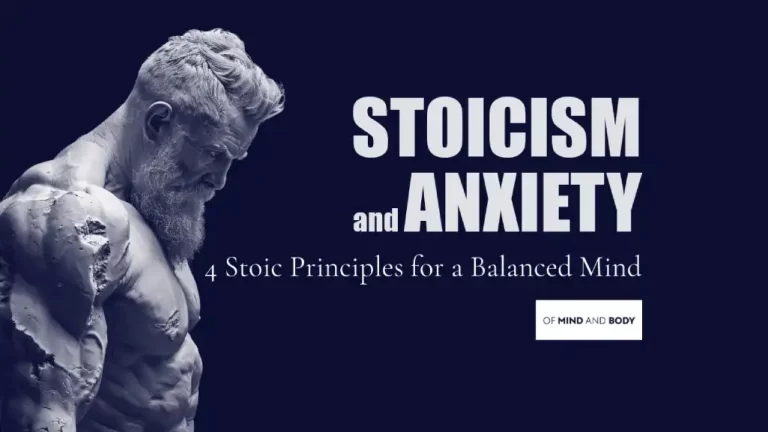
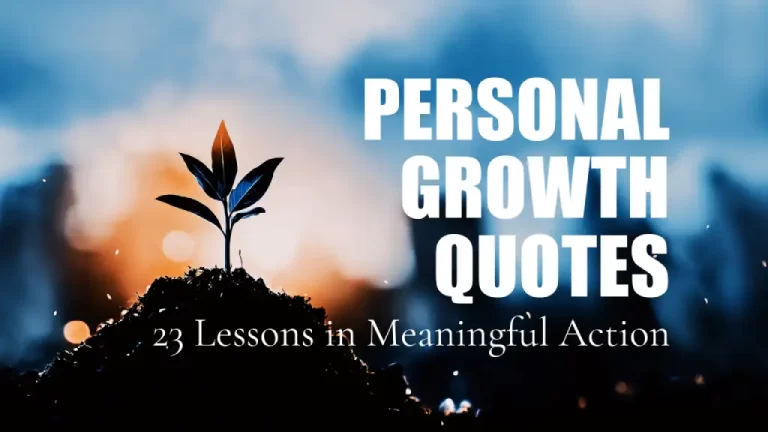

One Response